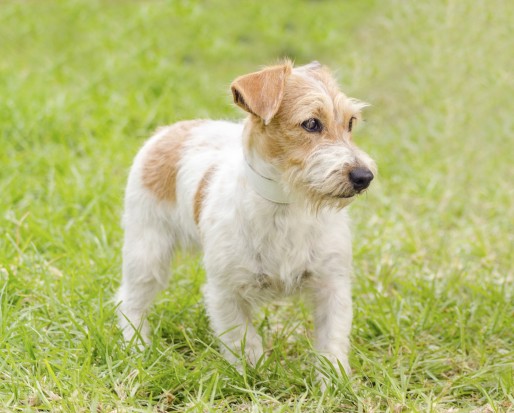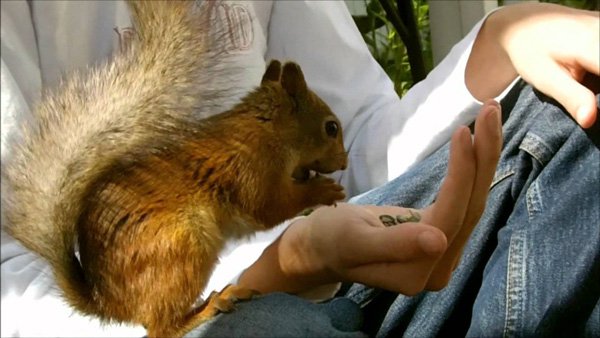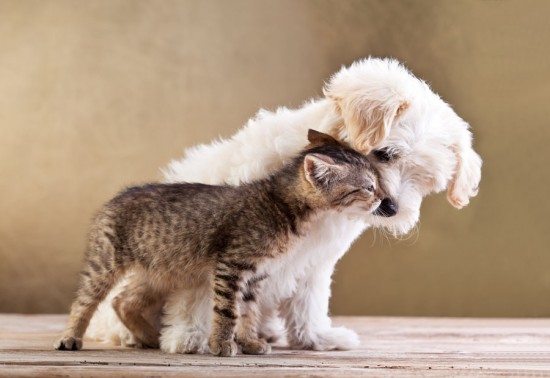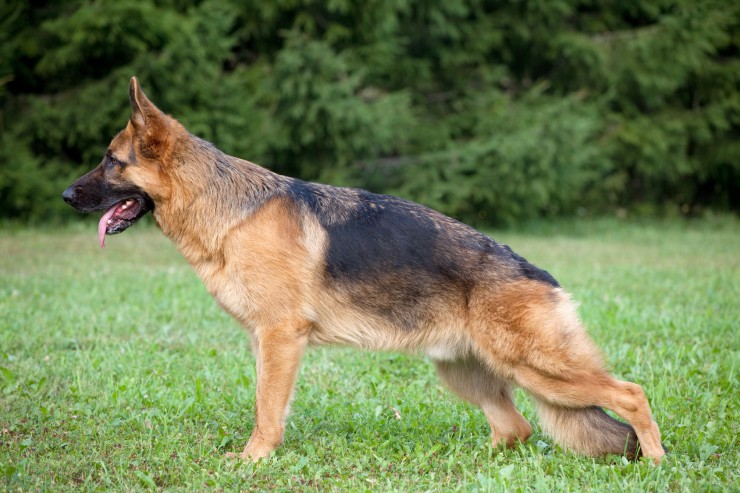
There are many ways to create your own unique backyard ponds or water gardens and we have some advice to help make it a fun and easy experience.
Before creating your water feature determine what your goals are. Are you trying to attract local wildlife, like frogs, turtles and birds? Would you prefer to have a water garden with a beautiful zen feel to it, featuring lilies, lotus and other aquatic plants? What about incorporating water into the design of your home? Remember you more than likely DO have room for a water feature. They can be anything from a half-barrel to a huge and deep pond in your back yard.
No matter what your intentions are we can help you achieve them.
The first step in creating your project is to pick a location. You will want a location where you can create some shade for your pond and it is also nice to find a place where you can protect the water from having too many leaves or other debris from entering. Shade can be created in many ways. Water plants on the edge or in the pond will shade the water, many ornamental trees are ideal as long as they do not drop too many leaves. Backyard ponds can quickly be overrun by this type of debris.
The next step is to start the design process. This includes choosing the actual shape of the water feature, any waterfalls or other water features, filtration, and where and if you will be planting around the water. It is highly advisable to incorporate into the design several different depths and slopes around the pond edges. This will provide extra places for fish and animals to move around and for placing different types of water plants. You can create your water feature out of concrete, prefabricated tubs, or even use pond liners. Choose the option that is best for your project and budget. Concrete tends to be more expensive than a tub or a pond liner, but it may last longer if professionally installed.
If you will be keeping Koi, Goldfish, Tadpoles or other types of fish then you may want to take time to think about protecting them from predators. Raccoons and Heron are voracious fish eaters. One of the best ways to protect your fish and animals is to provide a way for them to get away from the predators. The easiest way to do this is to provide at least 3 foot of depth in the pond. Heron and raccoons have a hard time catching fish and animals at this depth or deeper.
Filtration can be very simple or very intricate. It again depends on your project. Water Gardens with only a couple small fish or no fish at all do not need large filters. You can even make your own filter out of a 5 gallon bucket, some hoses and a pump. It is very easy to do! If you are keeping koi, then you will need a system with more flow and more mechanical filtration to remove waste. Koi are dirty fish and produce a lot of waste.
UV sterilizers are a great idea on any water feature. They kill nuisance algae that turns the water green and also kill parasites that can attack your fish. Ideally you will place a UV sterilizer on the return line after the filter.
Adding plants to your backyard pond can be rewarding and beautiful. Water gardens need much of the same care as any house plant or other garden would. You will need to research your plants, determine how high and wide they grow, how to prune them and what types of additional feedings they may require. You also need to know where around the water feature your plants would grow the best. Some simply float on the surface, so you only need to protect them from being sucked up into filters or destroyed by waterfalls. Other plants grow at different depths, which is why we recommend building your water feature with many depths.
You can add to the look and feel of your pond by picking local stones, or going to a local landscaping store and purchasing stone that fits the feel of your project. Many landscaping stores are now starting to specialize in products for backyard ponds.
Backyard ponds make great set-ups for koi. There are a few things you really need to consider. Koi get large and produce a lot of waste, so make sure you provide adequate filtration. It is better to have a system that is too large than one that is too small. It is costly and can be very difficult to upgrade a system later. It is always best to do it right the first time.
Plants can provide another unique challenge when keeping koi. Simply speaking, koi love to eat plants, swim through plants and basically just rough them up. Your koi may just destroy the plants and cause a huge mess in the pond. If you do use plants, and there are many that are acceptable, just make sure you pick hard and tough plants or place them in areas where the koi cannot get to them.
Feeding your koi is easy as long as you are familiar with their needs. The feeding habits of koi are directly related to the water temperatures and seasons. In the Spring time you should start feeding the koi with a premium color enhancing growth food. During the summer you can continue with a color enhancer, and provide multiple types of food. There are some great spirulina pellets, krill and other treats for your fish. As the water cools down again in the winter you should remember two things. One, cut way back on feeding. If your water gets down to 50 degrees or lower you do not need to feed the fish at all. If you will be feeding then go to an easy to digest Wheat Germ food.
Backyard ponds can be a lot of fun! We hope you enjoy designing and building yours!
 The Differences In Care And Traits Of Rough Versus Smooth Coats On Dogs
The Differences I
The Differences In Care And Traits Of Rough Versus Smooth Coats On Dogs
The Differences I
 Few Advantages Of Equine Ulcer Supplements Available Online
Few Advantages Of Equine Ulcer Supplements Available Onlin
Few Advantages Of Equine Ulcer Supplements Available Online
Few Advantages Of Equine Ulcer Supplements Available Onlin
 Pet Insurance - Ten Do’s And Don’ts To Consider When Protecting Your Pet
Pet Insurance - T
Pet Insurance - Ten Do’s And Don’ts To Consider When Protecting Your Pet
Pet Insurance - T
 Is The Manchester Terrier A Good Choice Of Pet?
Is The Manchester
Is The Manchester Terrier A Good Choice Of Pet?
Is The Manchester
 Hip Dysplasia In Dogs
Hip Dysplasia In
Hip Dysplasia In Dogs
Hip Dysplasia In
Copyright © 2005-2016 Pet Information All Rights Reserved
Contact us: www162date@outlook.com